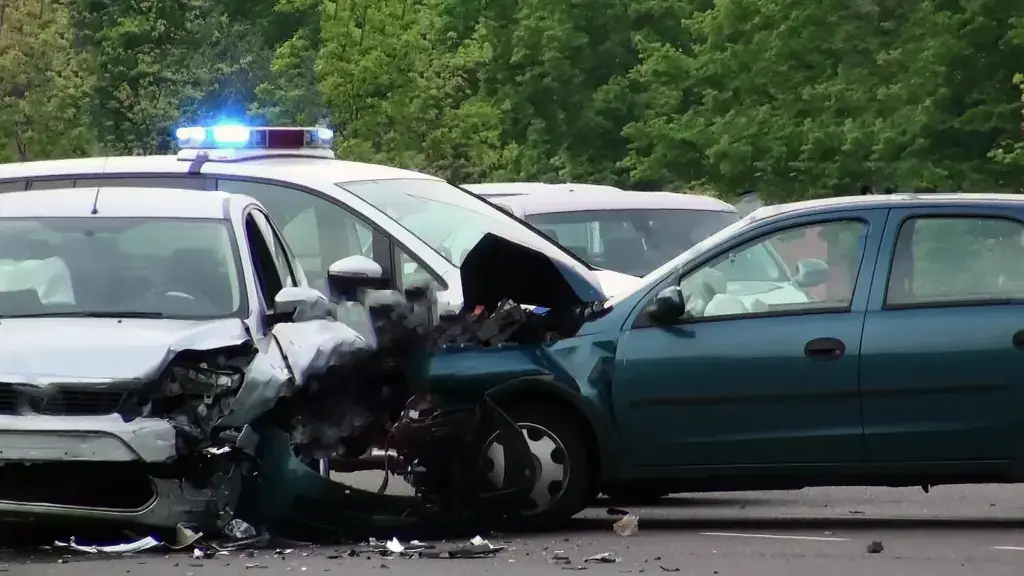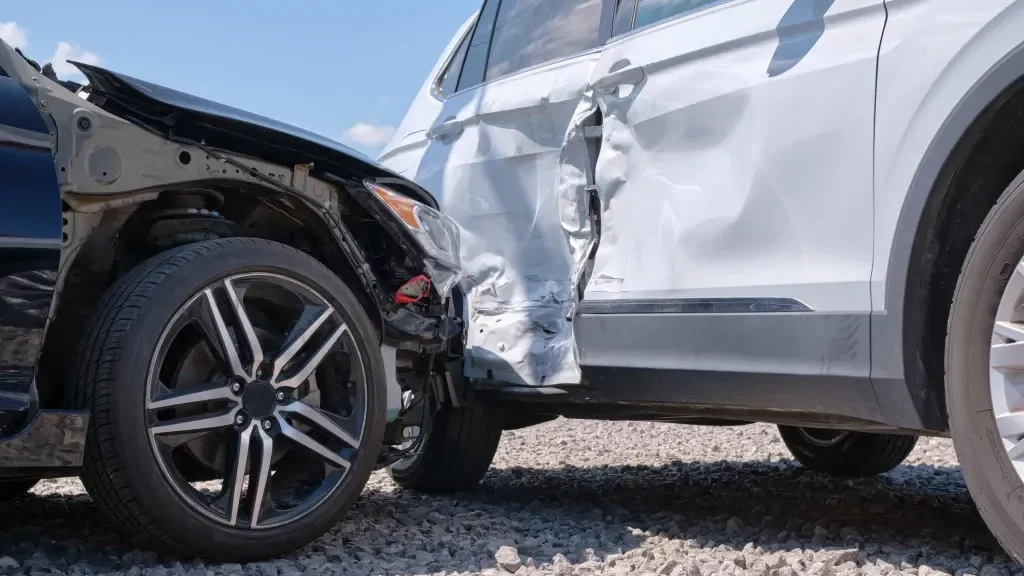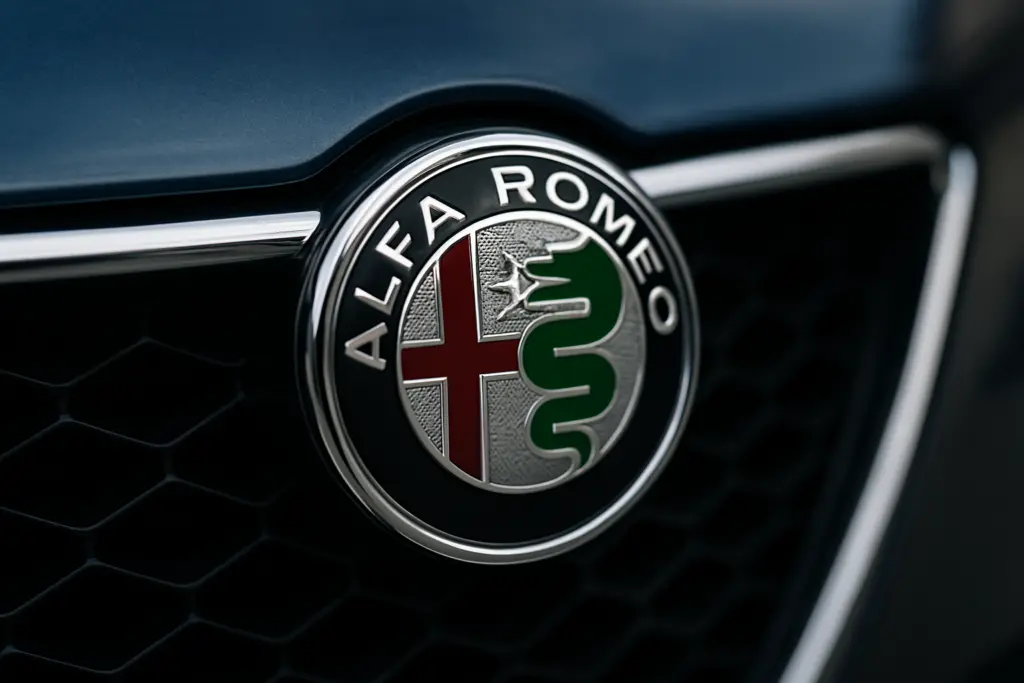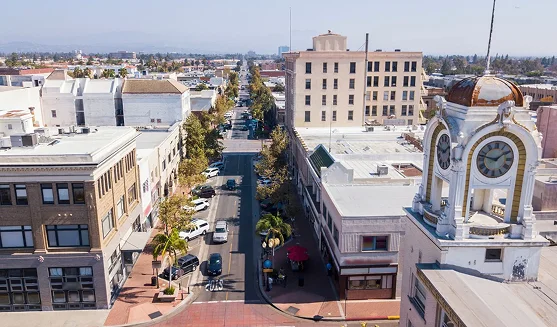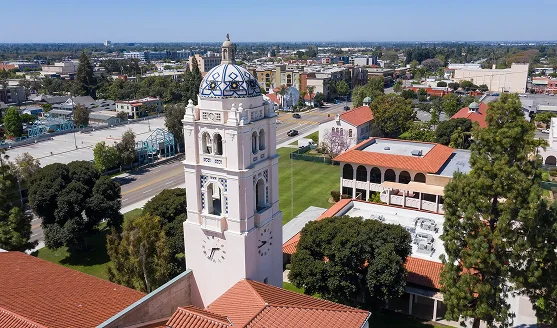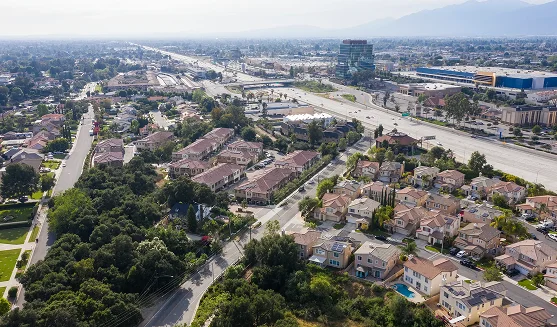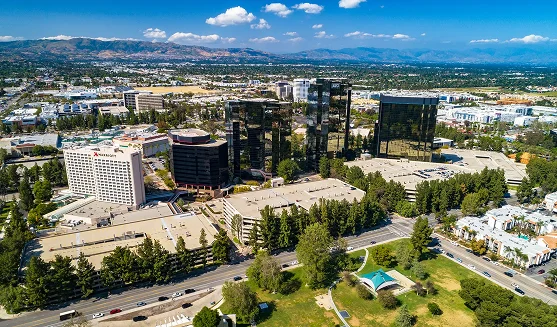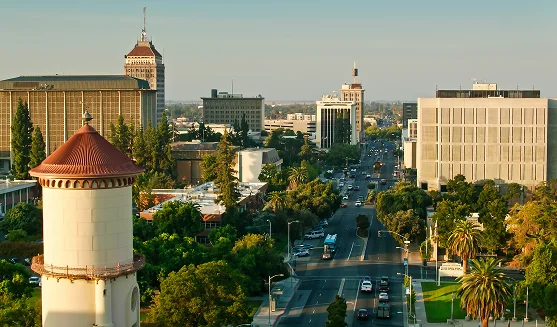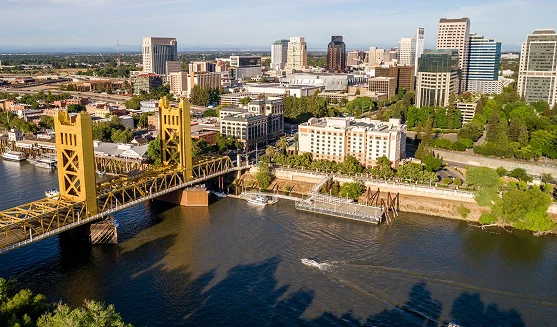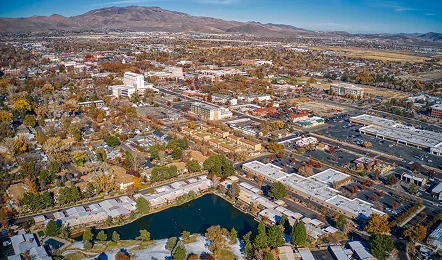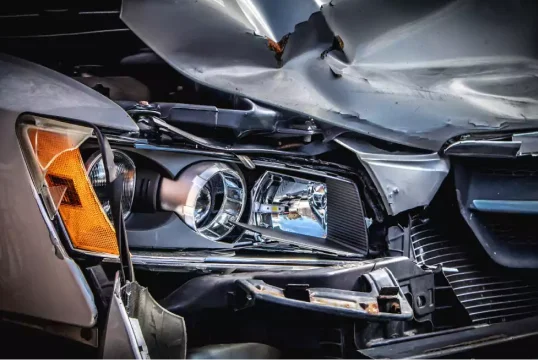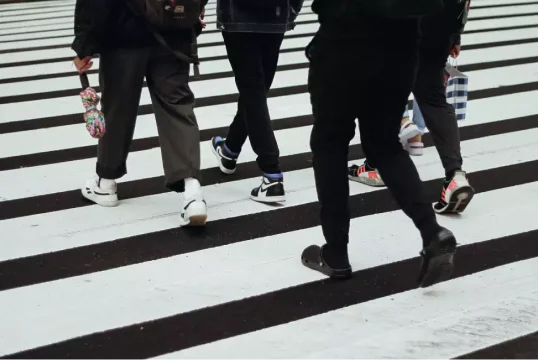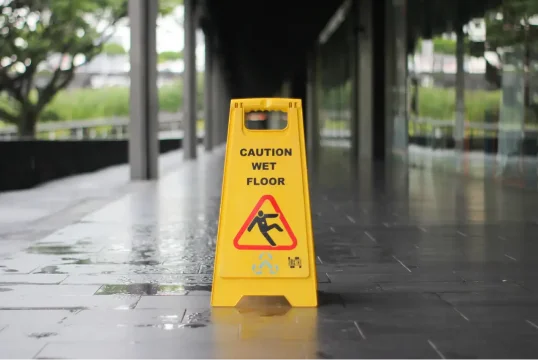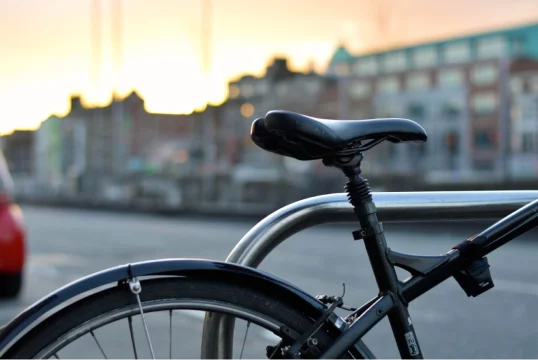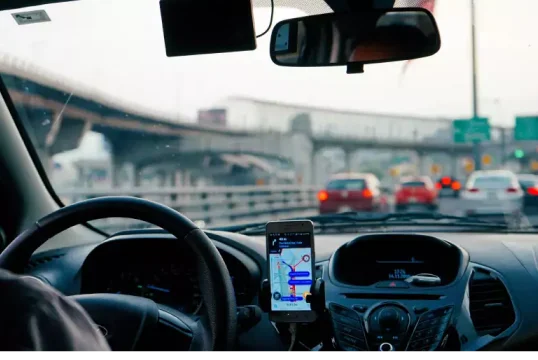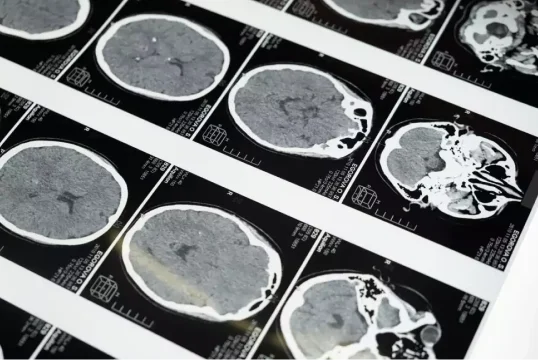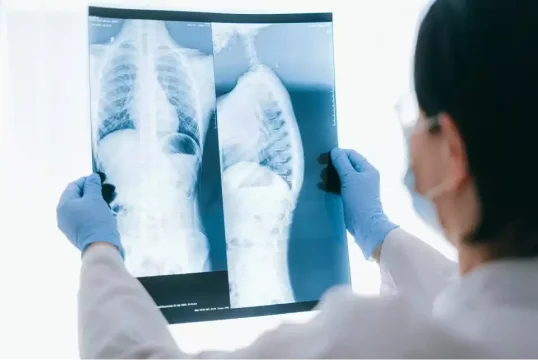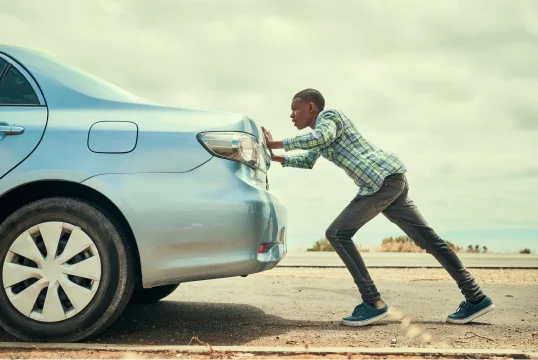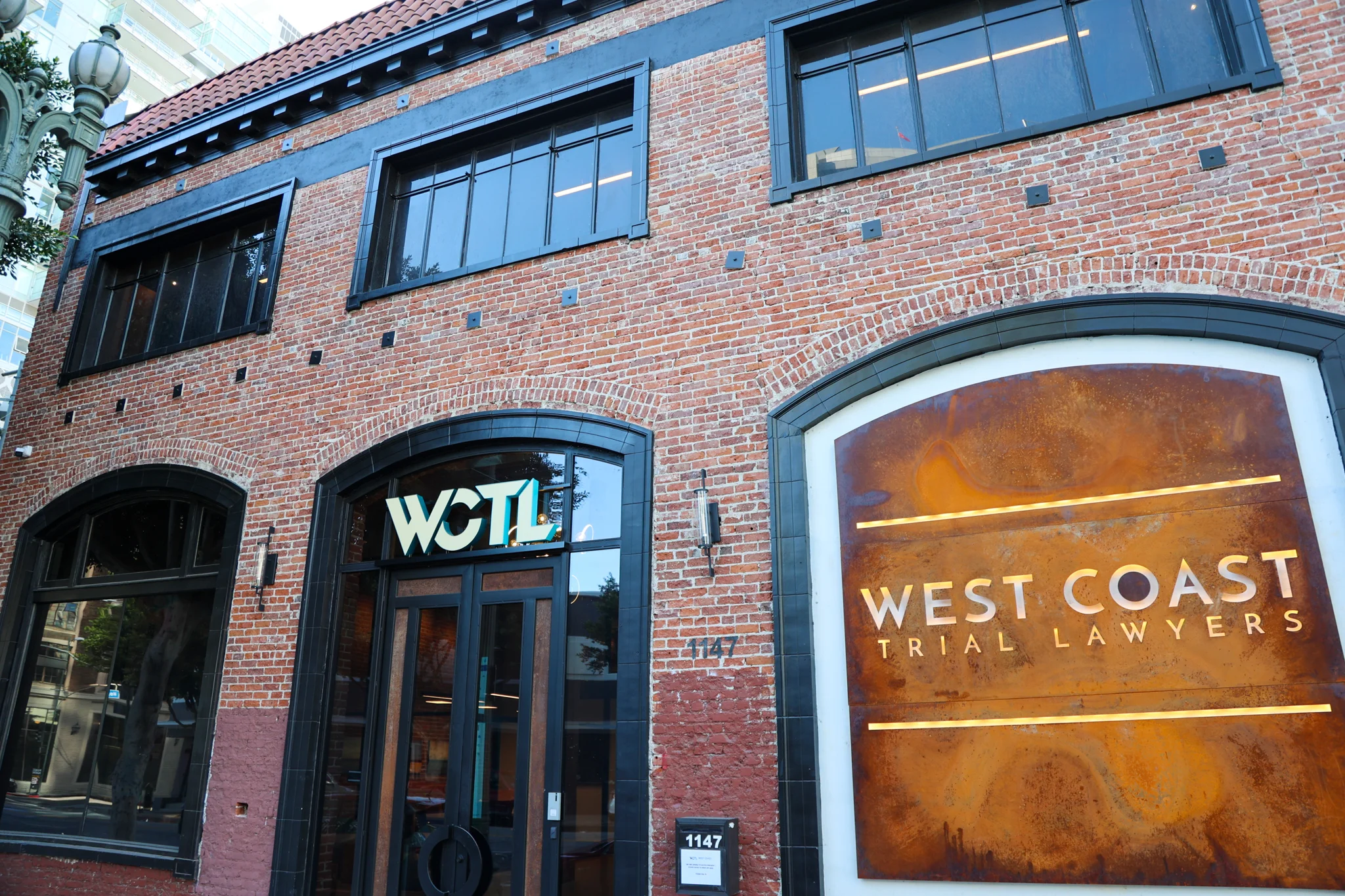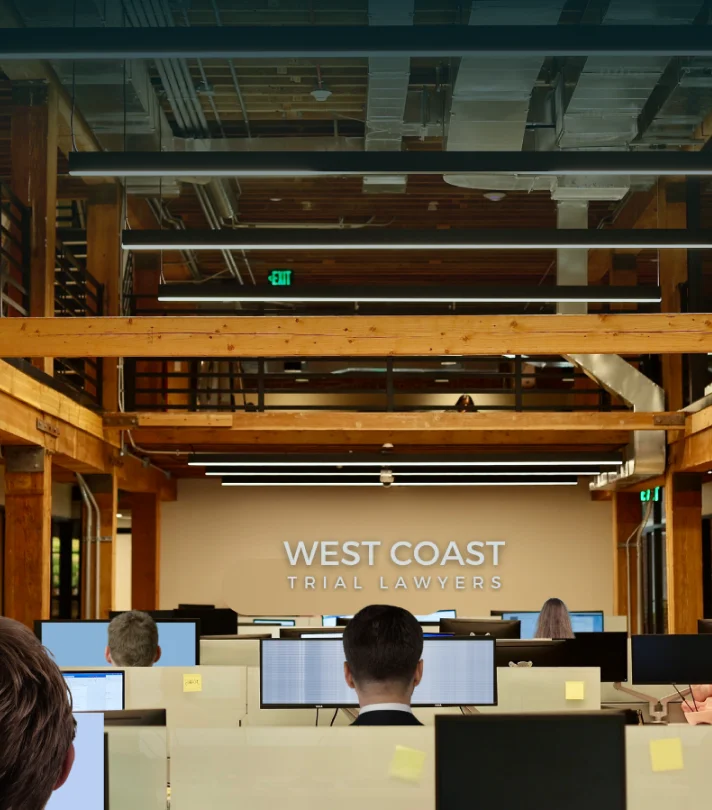When a T-bone accident occurs, forceful contact can be severe, thus triggering significant injuries and extensive damage to the vehicles involved. In the aftermath of such an accident, undergoing the legal process can be challenging, especially if you are recovering from the impact. But, consulting with a skilled car accident attorney can help you protect your rights and pursue maximum compensation to cover the cost of damages you incurred.
For guidance and support, you can get in touch with West Coast Trial Lawyers. Our team will investigate the car crash, gather evidence, and establish fault. From there, we will aggressively pursue legal action on your behalf to ensure you are offered a fair settlement. With more than $1.7 billion recovered in settlements, you can rely on us to get the job done.
To book a FREE consultation, you can connect with us by calling (213) 927-3700 or filling out our convenient online contact form.
What Is a T-Bone in an Accident?
T-bone accidents happen when the front of a vehicle hits the side of another, creating a “T” shape. These crashes typically happen at intersections when a driver passes a red light or does not yield the right of way. There are various phrases used to name a T-bone collision, including:
- Side-impact collisions
- Broadside collisions
- Right-angle collisions
Some insurance or police reports may use “broadside” or “side-impact” instead of “t-bone,” but, nonetheless, they all refer to the same type of accident.
The numbers of such an accident tell a more serious story. According to the most recent data presented by the Insurance Institute of Highway Safety (IIHS), a total of 5,352 vehicle occupants were involved in a fatal t-bone crash. This consists of:
- 3,188 car occupants
- 776 pickup occupants
- 1,323 truck occupants
Based on the information provided, it is considered as the second most common type of fatal auto accident, right behind head-on collisions.
What Does a T-Bone Car Accident Look Like?
As previously stated, a T-bone car accident will form a “T” shape. From a visual standpoint, you may notice the following:
- One vehicle will have significant damage to its side doors, either appearing crushed or caved in.
- The other driver may have front-end damage, like deployed airbags or a crumpled hood.
- Broken glass and debris are also expected to be scattered on the road.
- Vehicles may have spun off to the side of the intersection as a result of the violent collision.
What Are the Most Common Injuries From a T-Bone Accident?
Since the side of vehicles does not provide adequate protection compared to the front or rear, T-bone accidents may result in serious injuries, particularly for the passengers seated on the side where direct impact is made. Common t-bone accident injuries may include the following:
- Broken bones
- Head injuries
- Neck injuries
- Abdominal injury
- Chest injuries
- Traumatic brain injuries
- Spinal cord injuries
- Internal injuries
Injuries range depending on the intensity of the impact. In severe cases, victims may be required to receive extensive medical treatment, like surgical procedures, physical therapy, and pain management and medication. Recovery may last a few weeks, months, or even years depending on the extent of bodily harm sustained. Some victims may even suffer permanent disabilities, brain trauma, or internal organ damage that can affect their ability to work or live independently.
What to Do After a T-Bone Accident
Getting into a T-bone accident can be scary and overwhelming, but taking the steps sectioned below will protect your rights and better your chances at recovering fair compensation.
Contact 911
Check yourself and others for injuries. You should call 911 right away if you notice any bodily harm or damages. If possible, try to relocate to a safe location until help arrives. Once law enforcement shows up, they will assess the situation and create a police report. You can request a copy of it to use as proof in your personal injury claim. Paramedics will also be at the scene, providing medical treatment to injured victims.
Seek Medical Attention
You should seek immediate medical attention shortly after a T-bone car accident. This applies regardless of whether you believe your injury is minor. Some conditions may not have symptoms that are immediately apparent, and will progressively worsen if left unnoticed or untreated.
Each visit, procedure, and/or prescription that relates to the incident will be documented and saved on file. You can ask for a copy of your medical records to use as evidence in your case.
Exchange Information
Do not forget to exchange contact, insurance, and vehicle information with all parties involved in the T-bone crash.
Gather Evidence
If possible, try to gather the following pieces of evidence:
- Photos of your injury, the accident scene, and road conditions
- CCTV footage
- Witness information
- A copy of the police report and your medical records
Consult with a Personal Injury Lawyer
An experienced personal injury lawyer will explain your legal options, especially if you suffered injuries or believe the other drivers involved should be held accountable for the car accident. They can help you secure compensation to cover damages, like medical bills, lost wages, and more while you focus on healing with a peace of mind.
Is T-Bone the Worst Accident?
T-bone accidents are not necessarily the worst. Frontal crashes, also known as head-on collisions, have the highest rate of deaths. According to the most recent data presented by the IIHS, 60% of passenger-vehicle occupant deaths stemmed from frontal impacts while T-bone accidents followed up with 22%.
Head-on collisions take a much larger lead since it often involves two vehicles striking one another at full speed, thus increasing the strength of contact heavily.
Whose Fault Is It in a T-Bone?
Determining fault in a t-bone accident will depend on who had the right of way and what specific traffic laws were violated. Below are a few examples:
- Running a red light or a stop sign: If one driver went past a red light or did not stop at a stop sign, and is hit from the side by another vehicle that was traveling through the intersection legally, they will usually be at fault.
- Failure to yield: If a driver was making a left turn and got T-boned by a vehicle headed straight (or vice versa), failure to yield the right of way will be the deciding factor.
- Distracted driving: A driver who does not stay focused on the road due to distractions may still be held partially or fully accountable for a T-bone collision regardless of whether they had the right of way.
- Improper lane change: If a driver does an illegal U-turn or makes a turn without giving a signal, they could be found liable for a T-bone auto accident.
To establish fault, the insurance companies and the personal injury lawyers will need to rely on the following:
- Surveillance footage or dash cams
- Witness statements
- A copy of the police report and your medical records
- Vehicle damage patterns
- Skid marks
In California, shared liability is possibly under the pure comparative negligence rule. For instance, in a T-bone accident, one driver is speeding whereas the other fails to obey traffic signals. Both parties drove recklessly, and ultimately caused a T-bone accident. The speeding driver was deemed 20% liable, while the other driver was 80% liable. In such an accident, both parties may still be eligible for compensation. However, the amount will be adjusted based on their level of negligence.
Seeking assistance from a legal expert will help you prove fault. They will investigate the matter, collect evidence, identify the at fault driver, and work diligently to hold them accountable for their actions, allowing you time to focus on your recovery without added stress.
Available Damages in a T-Bone Accident
Getting into a T-bone accident can result in severe injuries that may trigger physical, emotional, and financial burdens. Whether the incident happened at an intersection or because of someone failing to yield the right of way, understanding the compensation you may be entitled to is important. Injury victims are often given the legal right to seek damages to help cover costs associated with a car crash.
Below are some types that may be available in a T-bone crash settlement.
Economic Damages
Economic damages refer to financial losses that can be easily measured, like:
- Medical expenses
- Lost wages
- Property damage
Non-Economic Damages
Non-economic damages are intangible losses that are more difficult to quantify in monetary terms, such as:
- Emotional distress
- Loss of enjoyment of life
- Pain and suffering
Punitive Damages
If the at fault driver exhibited gross negligence or intentional misconduct, punitive damages may be granted. The purpose of this is to punish and deter such behavior in the future. But, keep in mind that these are not always granted in personal injury claims. In fact, punitive damages are rarely awarded. It is given in nearly 5 percent of verdicts.
Wrongful Death
If the T-bone collision resulted in a wrongful death, surviving family members of the deceased person may be given the right to pursue legal action against the responsible party. If successful, available damages may include:
- Medical bills
- Funeral and burial expenses
- Loss of financial support
- Loss of companionship or guidance
- Emotional distress
How to Calculate Damages in a Personal Injury Case?
To calculate damages in personal injury cases, the following will be considered:
- The extent of your injury
- Percentage of fault
- Current and future medical expenses
- Lost wages and earning capacity
If you are interested in knowing what you may be eligible for, you can use our personal injury settlement calculator by inputting the losses you suffered as a result of the T-bone accident.
Injured in a T-Bone Accident? Schedule a FREE Consultation Today
If you were injured due to a T-bone accident caused by someone else’s negligence, you may be given the right to file a claim against the liable party to recover damages. Dealing with insurance companies, calculating your losses, and identifying fault can be difficult to navigate on your own, but with West Coast Trial Lawyers on your side, our team will:
- Investigate the situation and obtain evidence
- Establish fault and challenge unreasonable insurance offers
- Provide an estimate of the value of your claim
- Negotiate a fair settlement or represent you in court to secure favorable results
Our law firm has over 20 years of experience handling personal injury cases. With our equipped knowledge and expertise, we have the ability to provide the guidance and support needed to prevent costly mistakes and pursue fair compensation.
To book a FREE consultation, you can reach out to our 24/7 legal team by calling (213) 927-3700 or filling out our quick online contact form.
Frequently Asked Questions About T-Bone Accidents
